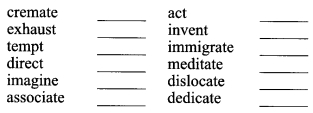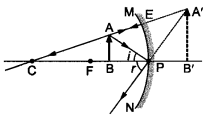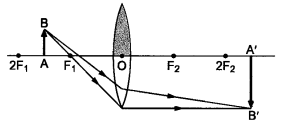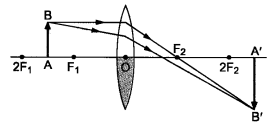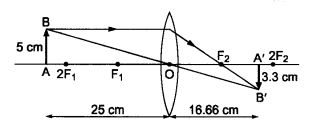EVENTS CONVENT HIGH SCHOOL
17/02/2022 CLASS- 8 SESSION 2021-22
SUBJECT : english
CHAPTER-10
THE GREAT STONE PHASE II
____________________________________
Question 1: Mark the meaning that best fits the word or a phrase in the story.
(i) (sun) going down
(a) becoming smaller
(b) weakening
(c) setting
(ii) brightening
(a) making (it) look bright and cheerful
(b) lending (it) a special glow
(c) causing (it) to appear hopeful
(iii) spacious
(a) lonely and wild
(b) big and wide
(c) special and important
(iv) prophecy
(a) proverb
(b) prediction
(c) rumour
(v) marvellous
(a) wonderful
(b) surprising
(c) shocking
(vi) proclaim
(a) reveal
(b) declare
(c) shout
(vii) cease
(a) happen
(b) stop
(c) remain
(viii) (a night’s shelter)
(a) stay
(b) safety
(c) hospitality
(ix) gazed
(a) wandered about
(b) stared at
(c) thought of
(x) took on (an expression)
(a) challenged
(b) resembled
(c) assumed
Answers:
(i) c (ii) a (iii) b (iv) b
(v) a (vi) b (vii) b (viii) a
(ix) b (x) c
Questions: Write ‘True’ or ‘False’ against each of the following statements.
- Ernest’s words reminded people of the wise old sayings. __________
- Total strangers from far away, who visited Ernest in the valley, found his face familiar. _______
- The Great Stone Face confirmed Ernest’s view that the poet could be worthy of its likeness. _______
- When Ernest and the poet met, they respected and admired each other equally. ________
- The poet along with Ernest addressed the inhabitants of the valley. ___________
- The poet realised that Ernest’s thoughts were far nobler than his own verses. _________
Answers:
- True
- True
- False
- True
- False
- True
Answer the followig questions.
Question 1:How was Ernest different from others in the valley?
Answer:
Ernest was unlike other commoners in the valley. He was a good, simple hearted, noble and thoughtful person. He had been under observation. He did not go with the crowd. He welcomed total strangers as the prophets.
Question 2:Why did Ernest think the poet was like the Stone Face?
Answer:
The poet wrote wonderful songs. He had celebrated the Great stone Face in one of his poems. When Ernest read this poem he became convinced that the poet was like the stone face.
Question 3:What did the poet himself say about his thoughts and poems?
Answer:
The poet confessed that he was not worthy to be compared with the Stone Face. His actions did not match with his thoughts.
Question 4:What made the poet proclaim Ernest was the Stone Face?
Answer:
Ernest and the poet together went to a meeting place. Ernest addressed the gathering. His words had power and his thoughts had depth. They were the words of life, a life of good deeds and selfless love. The poet was convinced that Ernest – was much nobler than him. Ernest’s face had such a grand expression that he declared that Ernest bore the likeness of the Great Stone Face.
Question 5:Write ‘Ernest’ or ‘Poet’, against each statement below.
(i) There was a gap between his life and his words.
(ii) His words had the power of truth as they agreed with his thoughts.
(iii) His words were as soothing as a heavenly song but only as useful as a vague dream.
(iv) His thoughts were worthy.
(v) Whatever he said was truth itself.


